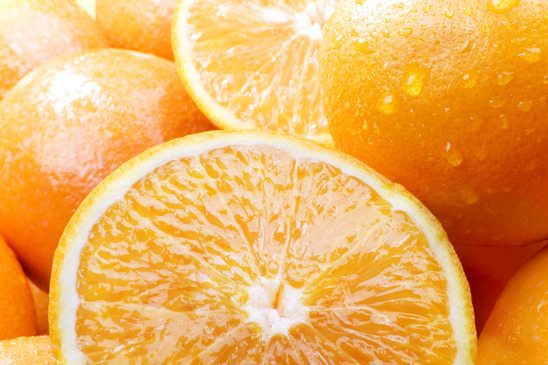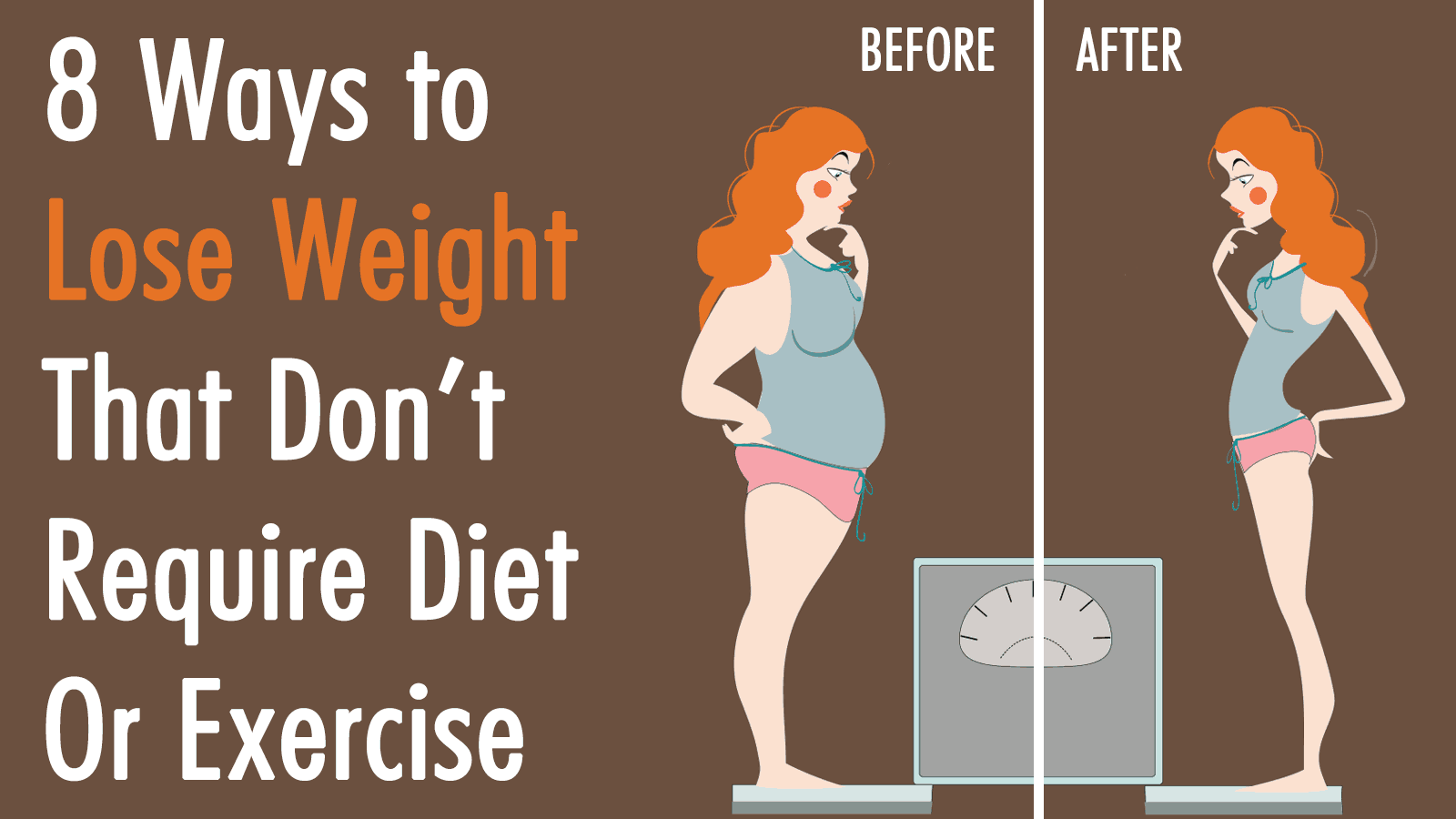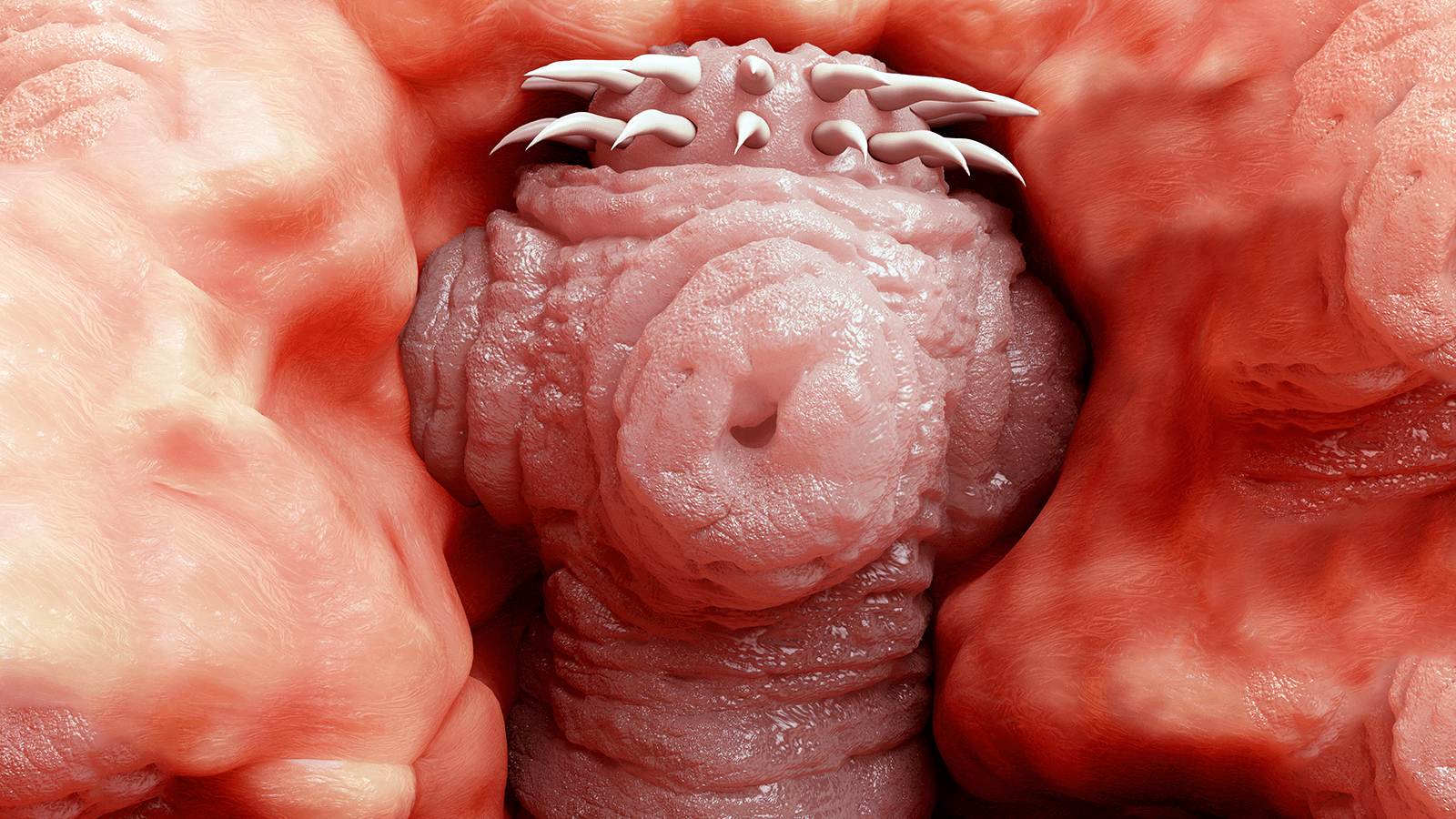The arteries consist of blood vessels that deliver nutrients and oxygen from the heart to the rest of the organs. If the arteries are clogged, however, the condition could lead to major cardiovascular diseases. Thus, it’s essential to keep your blood vessels clean and unclog arteries healthy through proper diet, regular exercise, and a good lifestyle before it becomes a major problem.
If you seek tips on how to unclog arteries naturally with food, take a look at some recommendations below.
Here Are 10 Foods That Unclog Arteries Naturally
“With a healthy diet and only moderate weight loss and reduction in blood pressure, you can see regression of plaque that naturally progresses over the years.” – Iris Shai
1. Apple
An apple is one of the foods that unclog arteries naturally. Scientists from the Ohio State University discovered that apples can prevent plaque buildup in the arteries. The experts said that eating one apple daily for at least four weeks can reduce bad cholesterol by as much as 40 percent. This fruit contains polyphenols or antioxidants that prevent bad cholesterol or low-density lipoprotein (LDL) from oxidizing. Toxins that oxidize in the blood vessels harden the arteries.
2. Meaty Fish
Fish with fatty meat – such as mackerel, salmon, sardines, and tuna – contain healthy fats that can unclog arteries. These healthy fats are also known as omega-3 fatty acids, which reduce inflammation in the blood vessels and prevent blood clots and high blood pressure. The American Heart Association (AHA) suggests eating baked or grilled meaty fish at least twice weekly to lessen plaque buildup in the arteries.
3. Avocado
Avocado is one of the foods that unclog arteries naturally. Experts recommend replacing butter, creams, mayonnaise, and salad dressing in your food with just one ingredient: the avocado. A study published in the U.S. National Institutes of Health indicated that daily consumption of avocado can decrease bad cholesterol by 11 to 22 percent. An average serving of avocado also contains lots of fiber, protein, and vitamins that benefit the heart.
4. Broccoli
Broccoli is loaded with vitamin K, that works against blood clotting, according to natural medicine expert Joe Pizzorno. This vegetable is also rich in fiber that helps lower blood pressure. Broccoli also reduces the stress that plaque build-up and LDL might cause in the arterial wall, thus this veggie helps keep your heart healthy and your arteries clear.
5. Coffee
While some studies indicate that too much coffee intake can be bad for health, researchers at the University of Western Australia learned there are also positive effects. If you drink eight to sixteen ounces of coffee daily, you may actually unclog arteries and reduce heart disease risk by 20 percent. Coffee is one of the best sources of antioxidants, as it has high chlorogenic acid content that prevents heart problems from developing. Just make sure to drink in moderation to minimize the side effects of too much caffeine.
6. Nuts
Snacking on almonds and walnuts is healthy for the heart. These nuts are rich in alpha-linoleic acid (ALA), vitamin E, monounsaturated fats, protein, and fiber. Nuts can also reduce the inflammation in the blood vessels, which helps clear the arteries naturally.
7. Spinach
Spinach is one of the foods that unclog arteries naturally. Eating a serving of spinach a day can reduce the homocysteine levels in the body, which has been linked to heart diseases like atherosclerosis or clogged arteries, according to Circulation, the AHA journal. Add spinach to your salads, soups, and sandwich, or prepare it with lemon and apples for a delicious smoothie.
8. Watermelon
This fruit is packed with L-citrulline, an amino acid that helps unclog arteries. Watermelon is also a rich natural source of nitric oxide, which the heart needs for lowered blood pressure and clearer blood vessels. Enjoy watermelon as a dessert or drink or include this fruit as a salad or salsa ingredient for a flavorful but healthy meal.
9. Oranges and other citrus fruits
Like apples, oranges and other citrus fruits contain pectin that clears the arteries. Pectin is a type of fiber that also reduces bad cholesterol in the body, according to Harvard Medical School. So, instead of snacking on junk food, eat citrus fruits to prevent cholesterol build-up. Oranges also boost the immune system which improves your body’s ability to fight off infections and diseases.
10. Asparagus
Asparagus is one of the healthiest foods that unclog arteries naturally. It’s packed with vitamins B1, B2, C, E, K, fiber, and minerals. This vegetable also boosts the production of glutathione which lessens toxic substances from oxidizing in the arteries. Asparagus has alpha-linoleic acid and folic acid too, which minimizes the hardening of blood vessels.
Final thoughts
So, if you’re looking for how to clear arteries, remember that eating the right kinds of food can be the most efficient way to clean arteries naturally. However, other than adding these recommended heart-smart foods to your regular diet, also try to lessen your intake of sugar and saturated fats. These ingredients are just some of the main culprits that increase bad cholesterol. Along with positive thinking, be consistent, committed, and disciplined in your diet. Removing plaque build-up naturally can take some time. However, taking this step can be the best thing you do for your body and health.










